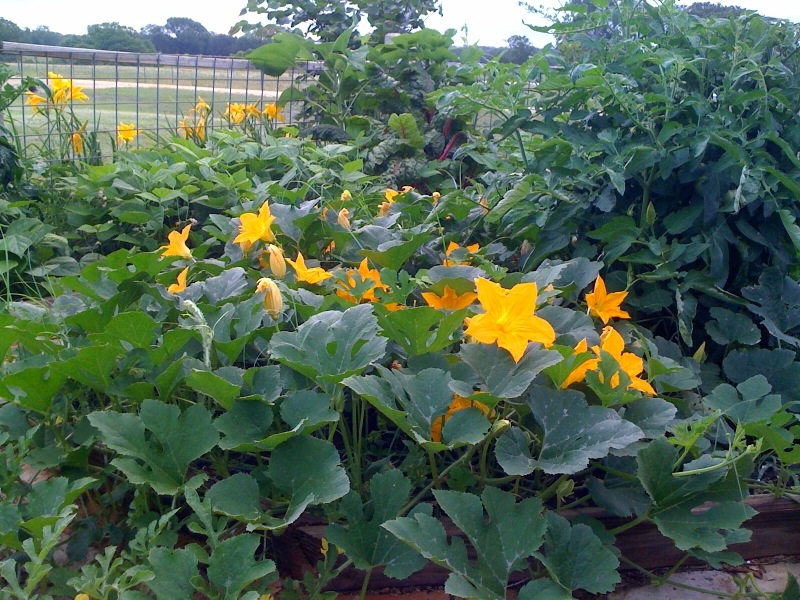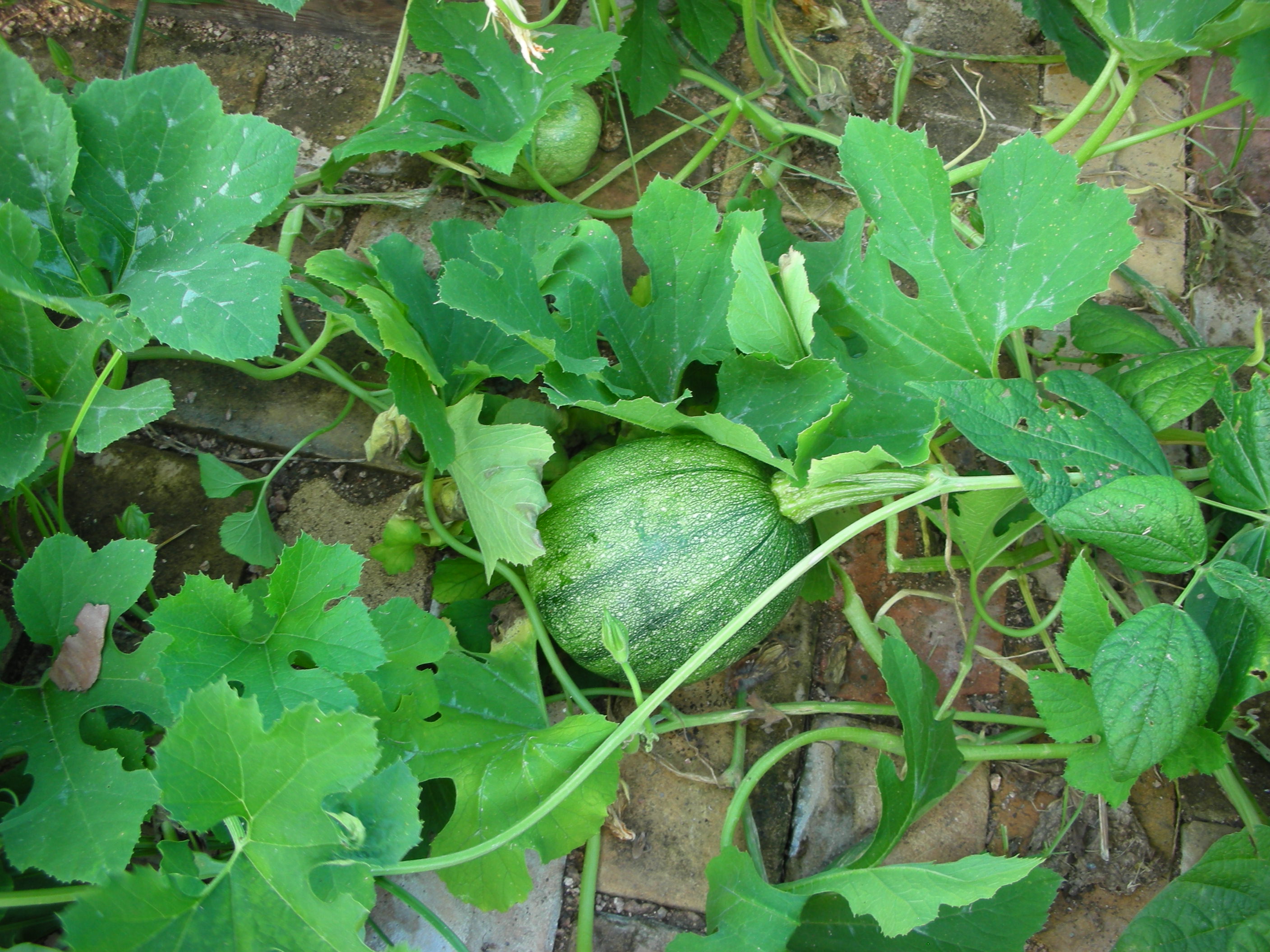
I sure don’t need a calendar, computer or even a meteorologist to tell me it’s spring. Anytime I am outdoors I can see it, hear it, feel it and smell it. Not to mention the chirp of crickets in the house!
There is so much happening in the vegetable garden this time of year that it is hard to narrow it down to just one topic but here are three that are currently at the top of my list.
POPPIES: Jay has written about poppies before (https://masterofhort.com/2012/11/remembering-our-veterans-with-poppies/) but they are so lovely in spring they deserve another mention, especially since this is when we gather seeds for sowing next year. Poppies start to look a little ratty if left long enough to reseed themselves but a few seedpods will give you hundreds, if not thousands, of seed for sowing and sharing, so it’s not necessary to let ALL your blooms go to seed. Choose a few for saving and let the seedpods dry on the plant, long enough so you can hear the seeds rattle. Carefully snip off the seedpods (keep them upright so the seeds don’t scatter to the ground, unless that’s where you want them), remove the seeds and store them in a cool, dry location. Sow seeds in the fall for a spectacular spring display in 2017.
POTATOES: Potatoes are growing everywhere in my garden – under mulch, under hay, in cages and tucked in between other plants. My garden is big but it’s not big enough to grow bushels of potatoes and still have room for other favorite vegetables so I usually grow a few reliable favorites, like Yukon Gold and Red La Soda, along with a few less common selections. This year I have planted 8 varieties: Red La Soda, Austrian Crescent, Red Thumb, Russian Banana, Purple Majesty, Purple Viking, Russet Nugget and Lemhi Russet.

Potatoes go in where carrots came out, flanked by celery and tomatoes (left); on the right a fingerling variety grows under straw in a cylinder lined with fine mesh screen.
It sounds like a lot but I only purchase a pound of each variety since I am growing them more for fun and discovery than to fill a larder. I usually order my seed potatoes in December or January from Potato Garden in Colorado; they are one of the few places that will ship potatoes at the time we need to plant them here in Central Texas, which is mid-February. And they have an amazing selection of potatoes and growing information on their website (www.potatogarden.com).

More potatoes tucked inside an A-frame constructed for pole beans and sugar snap peas (I wouldn’t recommend this unless you are petite in stature and into lots of bending, crouching and squatting – hey, this is how I get my exercise!). You can see their rapid growth from April 6 (left) to April 22 (right). As soon as the sugar snap peas on the right are done producing they will be removed to provide easier access to the potatoes.
Most of my potatoes were planted on February 26th, a little later than I would have liked, but the potatoes seem to be making up for lost time. Potatoes like people weather – mild days, cool nights, not too wet and not too dry – and so far Mother Nature has obliged.

Growing by leaps and bounds: Russet Nugget (center) catches up to Purple Majesty and Red Thumb by 4-22-16
Growing potatoes means lots of surprises since you don’t get to see what is going on below ground. As the season progresses it’s hard for me to resist the temptation to dig around the base of the plants feeling for swollen tubers. Last week, much to my surprise and delight, I harvested 3 pounds of new potatoes from a planting of sorry looking Red La Sodas left over from my fall harvest.
If you are growing potatoes be sure to keep the base of the plants mounded with soil, mulch or hay as they grow – it’s ok to bury some leaves in the process. The goal is to keep the tubers covered so they are not exposed to the greening effects of sunlight. And if you decide to start digging around to harvest some baby spuds remember that they do not store as well as mature tubers so eat and enjoy!

Surprise and delight: a little bit of careful digging yielded three pounds of new potatoes eight weeks after planting Red La Sodas left over from my fall harvest
SQUASH: Squash vine borer is a perennial problem for many gardeners but there is a new product to help battle this annoying pest. It is called Micromesh, and after using it the last couple of years I find that I like it better than floating row cover. It is available through the Territorial Seed catalog (www.territorialseed.com) and I have also seen it at The Natural Gardener in Austin. If you have seen this product at other Texas nurseries please share in the comments below.
Micromesh is a fine mesh netting used to keep bugs off of plants. It still allows water and light to pass but it is more see-thru than standard row cover and provides better ventilation, an important factor as the warm season progresses. I cover my squash plants as soon as they emerge and don’t uncover until I see female flowers. You can recognize a female flower because it has a small, immature fruit attached at the base of the petals. Once the flower gets pollinated the baby squash starts to develop, but if no pollination takes place the flower and the fruit shrivel and fall off. If you choose to keep your squash covered after female flowers appear you will have to perform the role of pollinator. Jay covered the how-tos in a previous post: https://masterofhort.com/2013/01/hand-pollinating-squash/.

All types of squash produce both male and female flowers on the same plant; the male flowers generally appear first, followed by female flowers which have a tiny, immature fruit at their base
Hope you are having an awesome spring season in your vegetable garden! People pests (mosquitoes-grrrr), plant pests, diseases and heat are lurking and soon enough will make their presence known, but for now we can give thanks for the rain, revel in the mild temperatures and watch in amazement as a seed becomes a plant and a plant becomes a harvest.





















